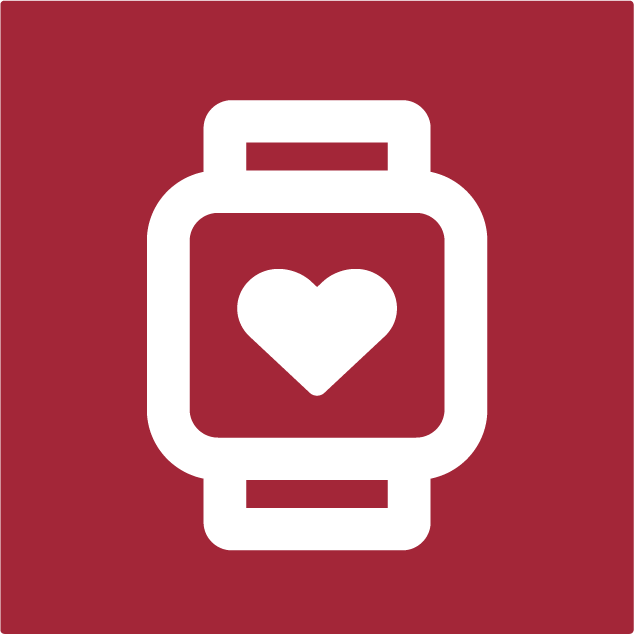Learning Counterfactual Representations for Estimating Individual Dose-Response Curves
We designed benchmarks for evaluating counterfactual learning of dose response to multiple parametric treatments. These benchmarks were used to evaluate DRnets.
Three benchmarks are available using data from the MIMIC-III database (multivariate Intensive care unit data MVICU), TCGA, and News. Instructions and python code to run the benchmarks is available on github.
Multiple parametric treatment benchmarks on github
Schwab, P., Linhardt, L., Bauer, S., Buhmann, J. M., & Karlen, W. (2020). Learning Counterfactual Representations for Estimating Individual Dose-Response Curves. Proceedings of the AAAI Conference on Artificial Intelligence, 34(04), 5612–5619. https://arxiv.org/abs/1902.00981
SwissWOU
What is a good sign for a healing wound? As easy this question might seem, current clinical practice lacks in the accurate assessment of wound healing status. Researchers from the MHSL, Balgrist University Clinic and University Hospital Zurich develop mHealth tools to assess chronic wounds in both clinical environment and for patient self-assessment at home. This resulted in a database of labeled Wound images recorded with mobile phone cameras. SwissWOU contains two datasets:
SwissWOU — diabetic foot ulcers (SW-DFU)
Wound images from 76 consenting patients (23 females and 53 males, mean age: 67 11 y) collected from March 2018 to January 2020 at the wound consultation unit of the Balgrist University Hospital, Zurich, Switzerland. The data set includes a total of 1096 high-resolution wound images from 756 wounds that were acquired with smartphone cameras. The images were collected at around 50 cm camera-wound distance, with the smartphone oriented parallel to the wound plane. At each wound consultation appointment, one image in ambient light and one image using an external LED ring flashlight attached to the smartphone was collected.
Scebba, Gaetano, Jia Zhang, Sabrina Catanzaro, Carina Mihai, Oliver Distler, Martin Berli, and Walter Karlen. "Detect-and-segment: a deep learning approach to automate wound image segmentation." Informatics in Medicine Unlocked 29 (2022): 100884.
SwissWOU — systemic sclerosis digital ulcers (SW-SSD)
Wound images from 15 consenting patients that conducted a regular, self-guided wound assessment at home as part of a study that investigated the wound image quality from May 2019 to May 2020. The patients were provided with a smartphone and a holder specifically designed to standardize the camera-wound distance.
Zhang, Jia, Mihai, Carina, Tüshaus, Laura, Scebba, Gaetano, Distler, Oliver and Walter Karlen. Wound Image Quality From a Mobile Health Tool for Home-Based Chronic Wound Management With Real-Time Quality Feedback: Randomized Feasibility Study. JMIR mHealth and uHealth 9.7 (2021): e26149.
Funding
Freenovation (Novartis Foundation)
Partners
- Hochschulmedizin Zürich SKINTEGRITY
- UniversitätsSpital Zürich
- Balgrist Klinik Zürich
Contact
The SwissWOU database is currently not downloadable over public channels. Please contact Prof. Walter Karlen for details how to gain access.




